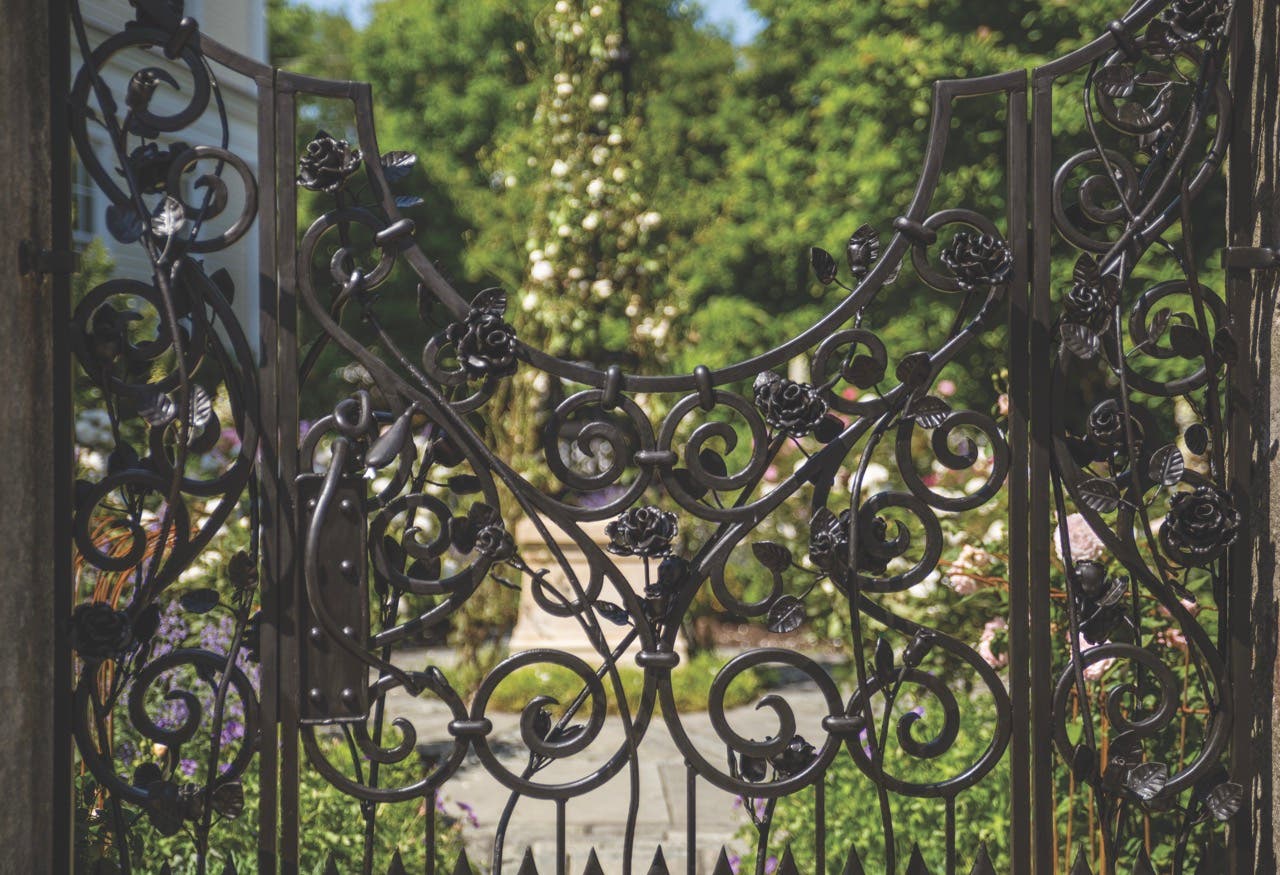
Projects
Iron Entry
During his extensive, yearslong renovation of an 1843 Greek Revival residence in Essex Village, Connecticut, one of the projects architect Robert Orr was called upon to design included an ornate gate and obelisk for the newly created rose garden.
The estate’s gardens were designed by his New Haven firm’s landscape partner, Carol Orr, who also is his wife, and the wrought-iron gate was forged by Chris Anderson of Garden Iron in Westbrook, Connecticut.
The elaborate gate, which is accented with twining iron roses, pays homage to the plants it protects. David Austin Roses are the showpiece of the garden that features flowers in shades of white and pink.
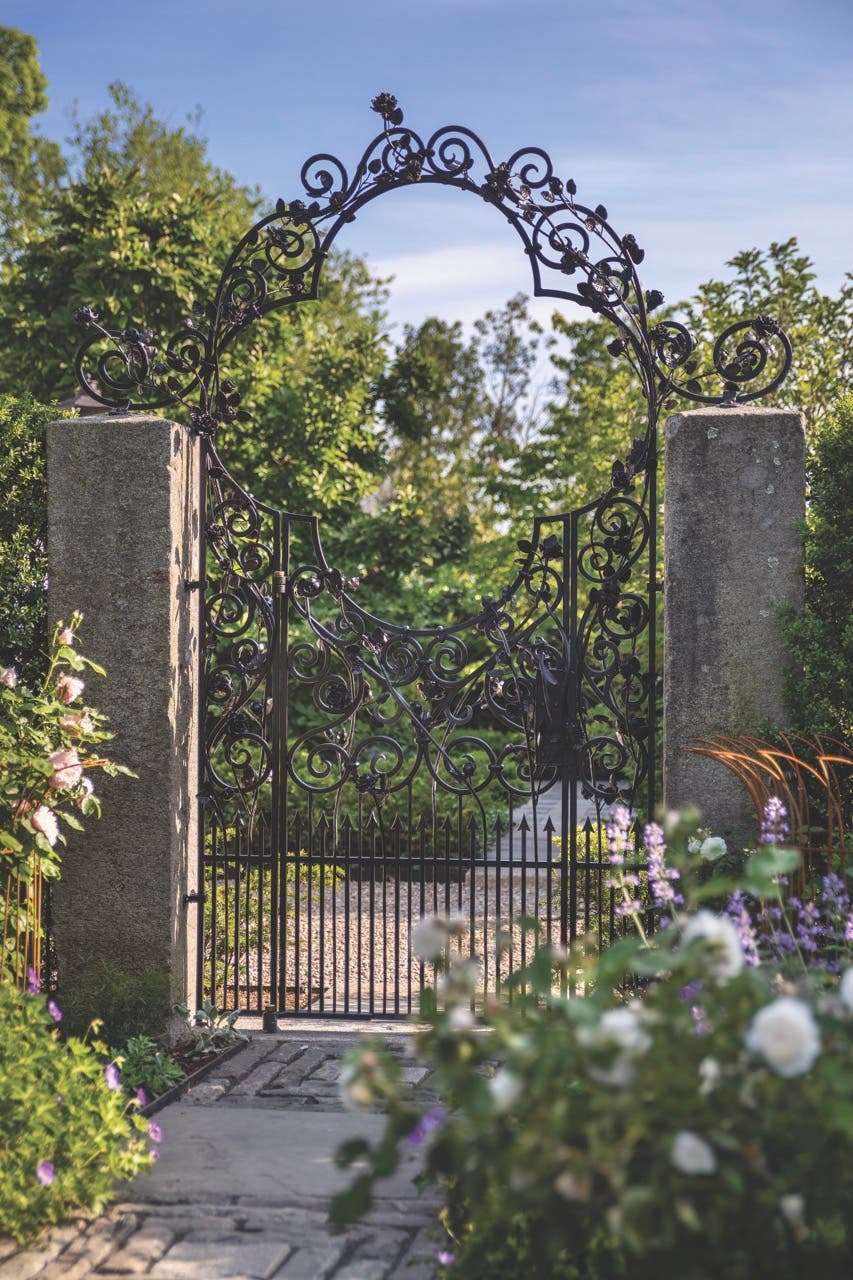
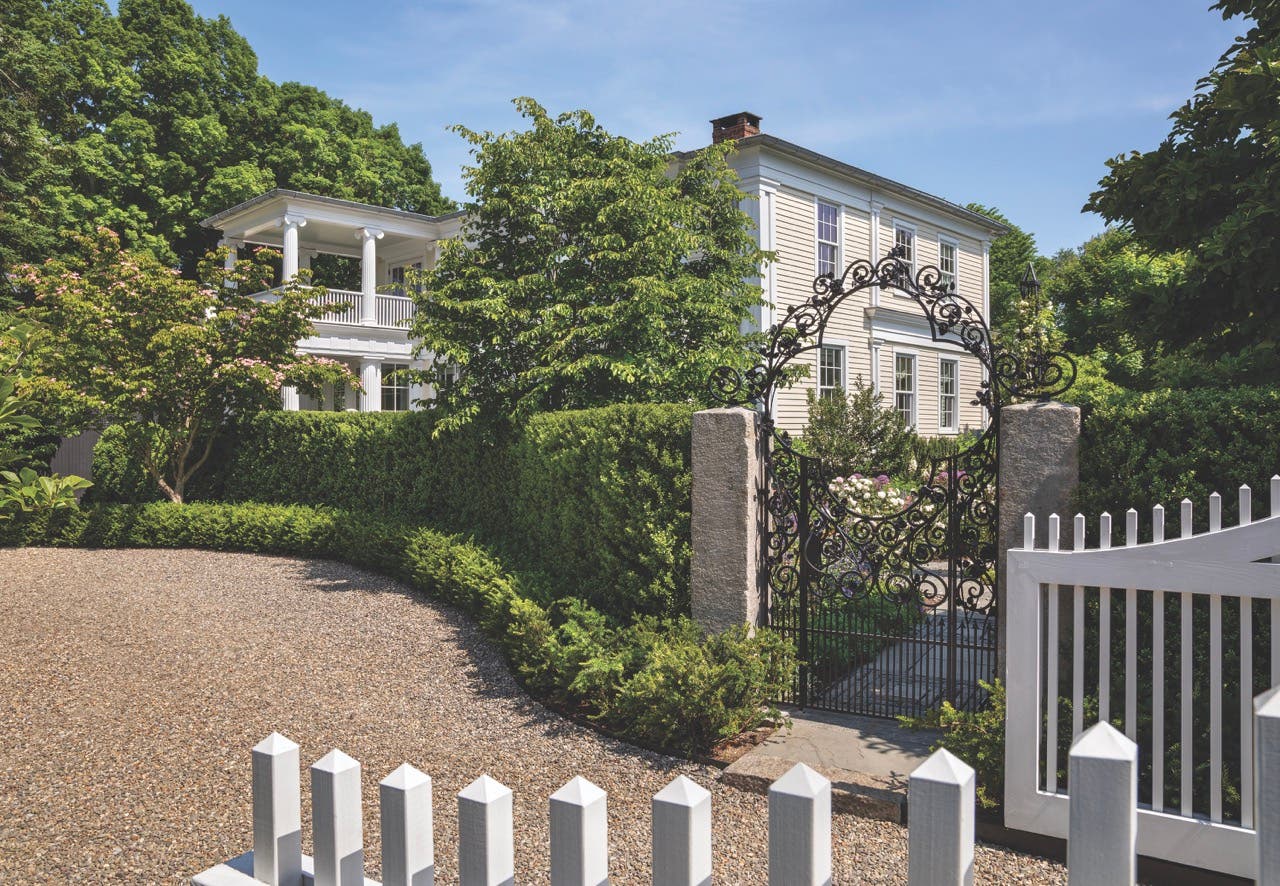
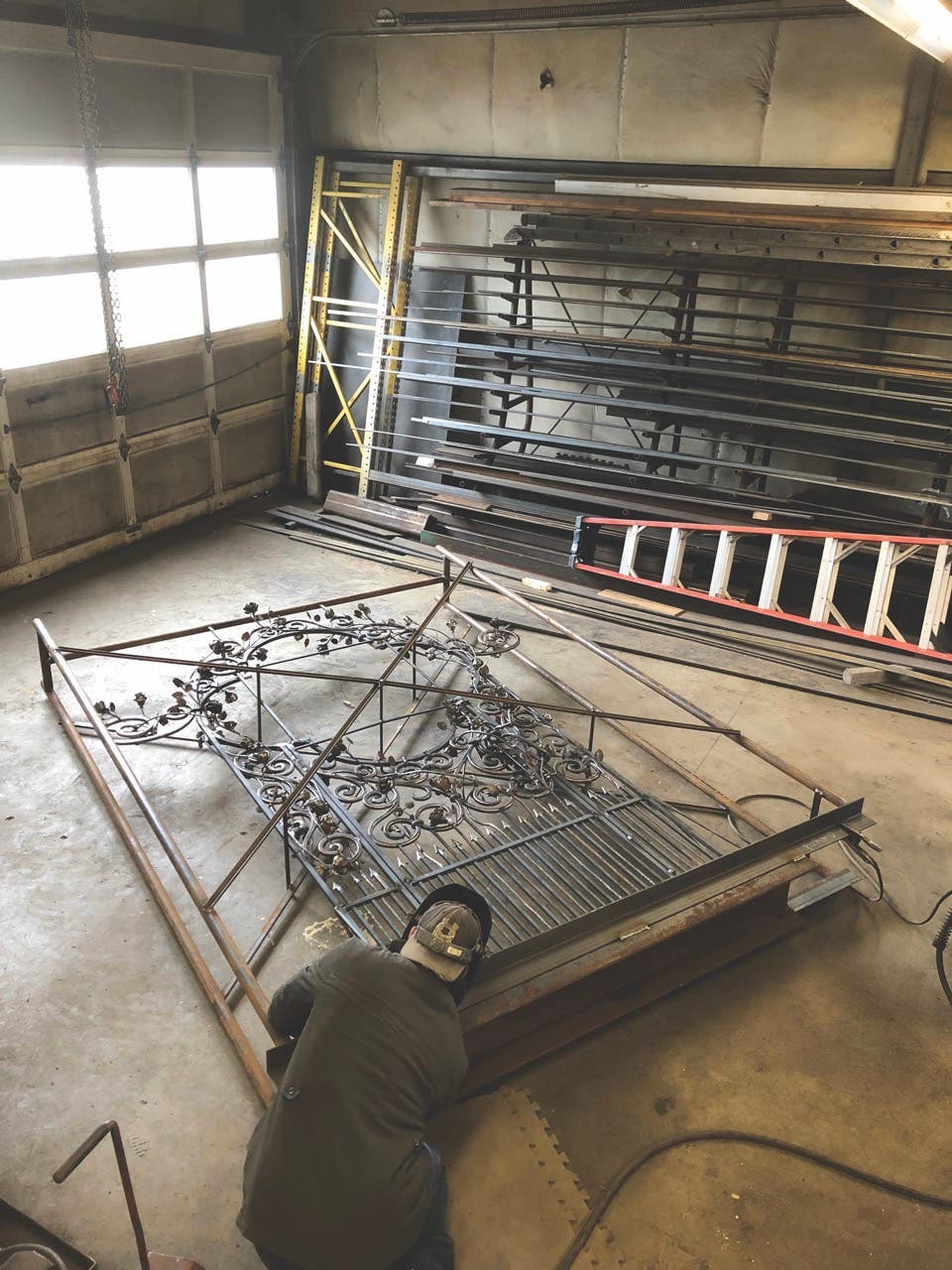
The obelisk is covered in New Dawn climbing roses surrounded by Winchester Cathedral roses. The remainder of the garden is filled with flowers that provide color throughout the spring, summer, and fall, starting with forget-me-nots and bleeding hearts and peonies, and ending with caryopteris and Little Lime hydrangeas. In between, there are bursts of poppies, foxgloves, catmint, and Montauk daisies. Eight other varieties of Austin Roses in shades of pink are planted within the border.
The gate’s design also was driven by the desire to keep bunches of baby bunnies away from the blooms, which they consider edible delicacies. To that end, the bottom third of the gate, which is flanked by rustic granite pillars, is a series of fence-like rails that culminate in spiked arrows spaced just far enough apart to keep the rabbits at bay.
“If you look closely, you will see that many of the arrows are rose canes, complete with blooms, that wind themselves through to the top of the gate,” Orr says. “The roses were very carefully designed—they had to look like they were growing from the gate. They are integral to the design.”
They weave themselves around the main design element, an elegant quatrefoil that was inspired by that on a gate in the historic garden at Dumbarton Oaks created by Mildred Bliss, in collaboration with landscape designer Beatrix Farrand.
Orr’s other main influence was the Garden of Eden, which is referenced in the gate’s serpent-shaped handle. “It’s like the snake is guarding the garden,” Orr says. “You literally have to pull it to gain access.”
Working from Orr’s precise scale drawings, Anderson hand-forged the gate, which took about one and a half months and was assembled in a standing-up position.
“There was a lot of balancing and bending of elements,” he says. “It was like organized chaos.”
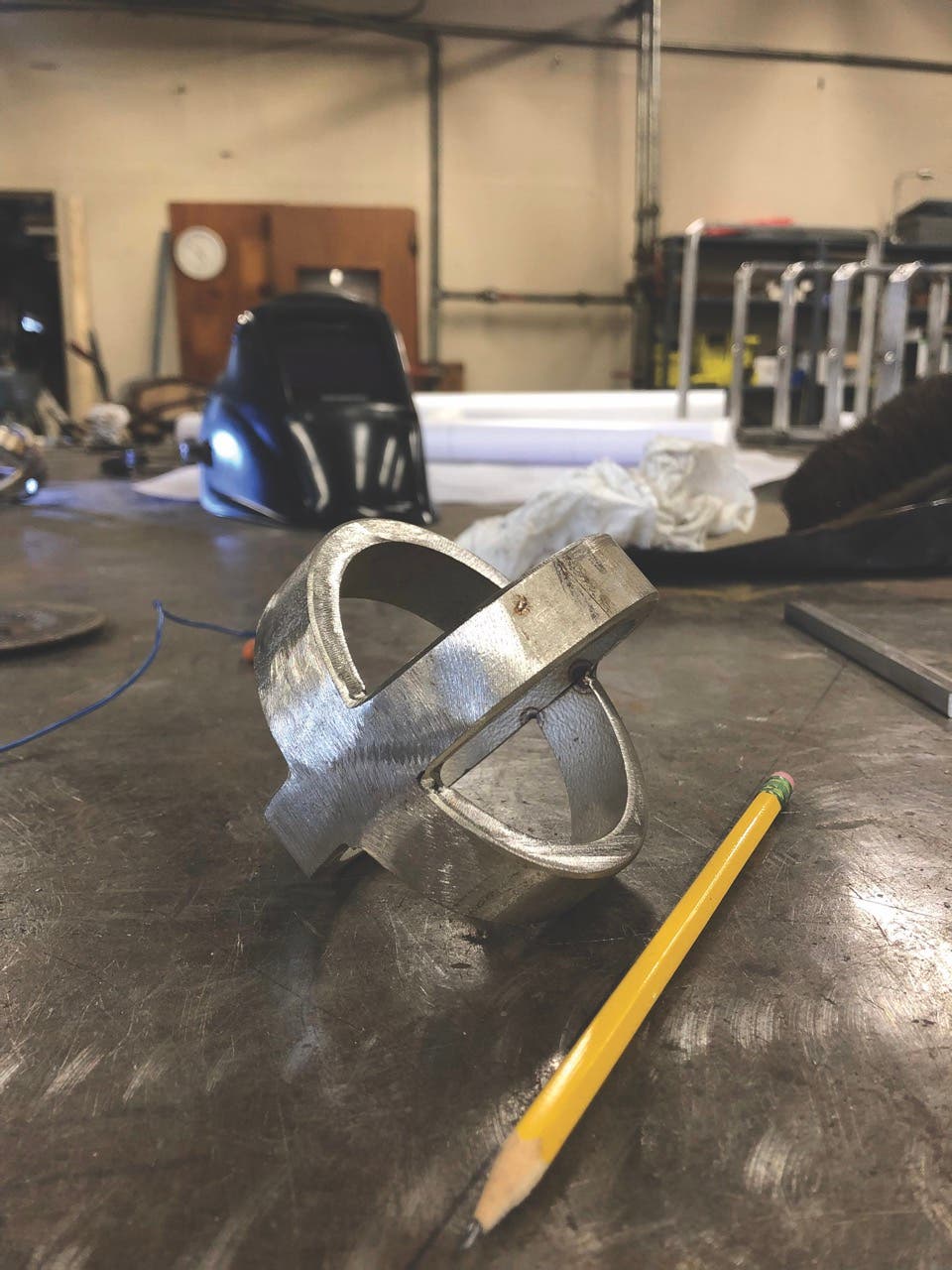
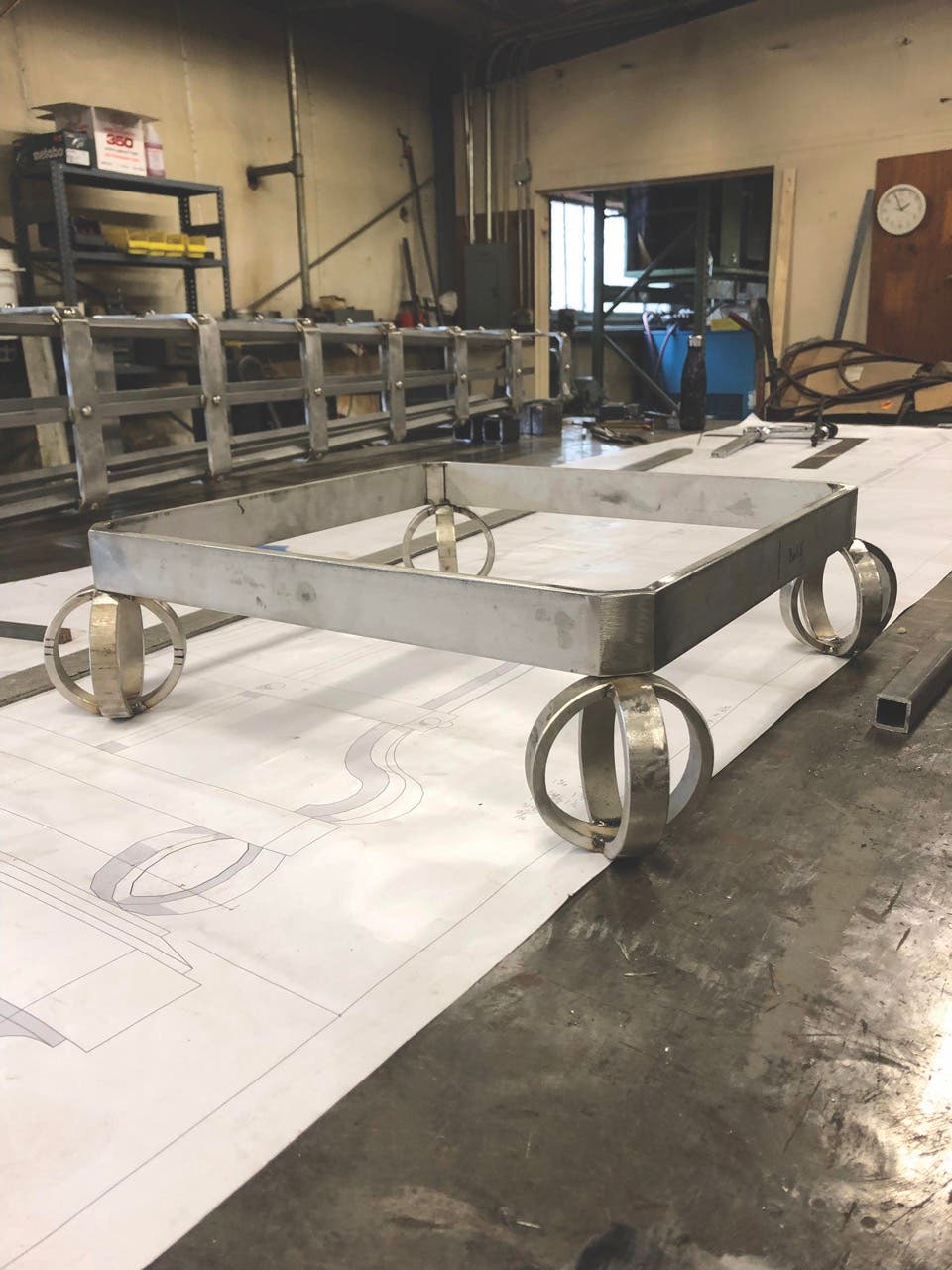

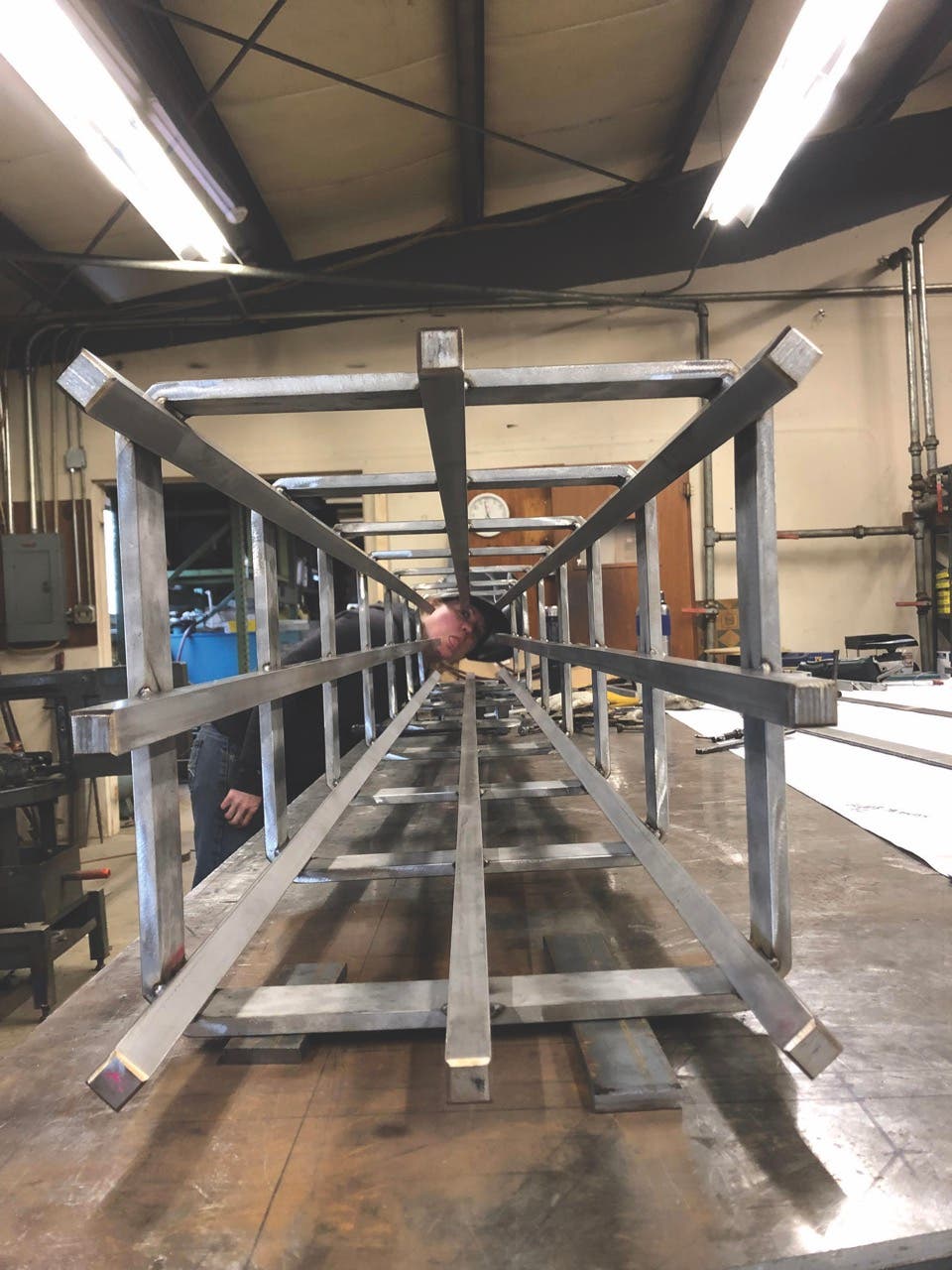
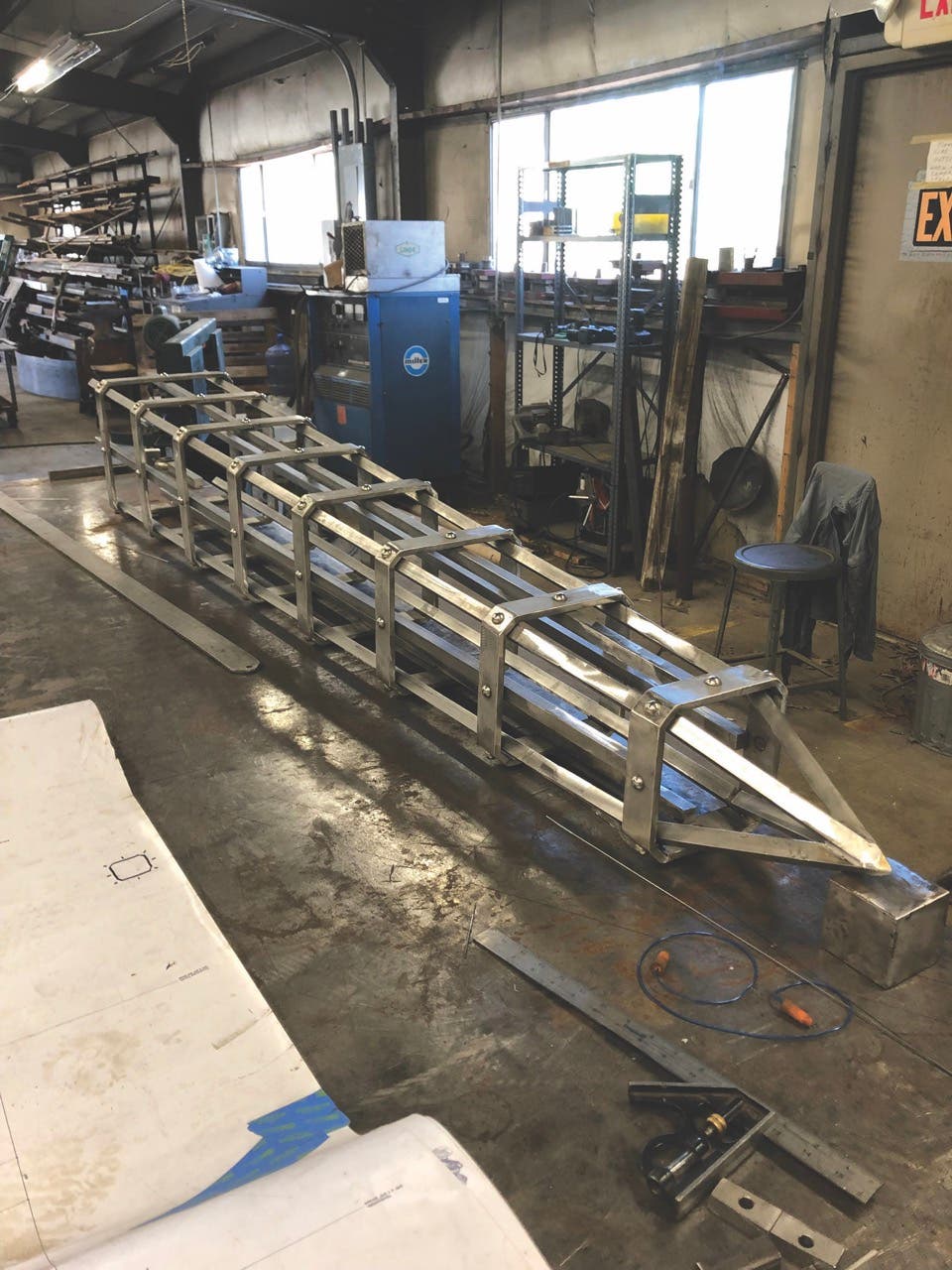
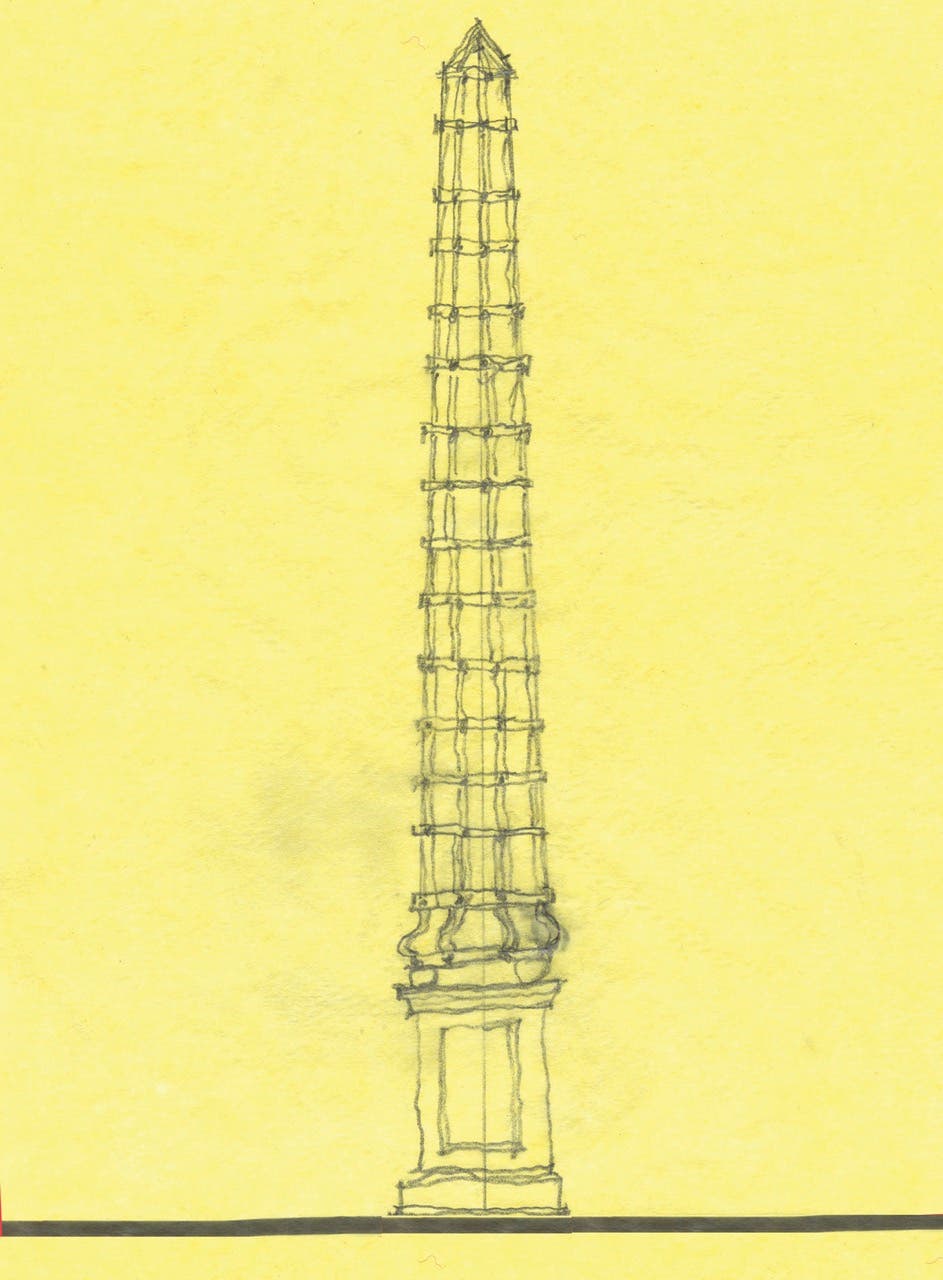
He also fabricated the obelisk, which Orr says was inspired by the Hippodrome’s use of tall masts sitting on four balls over pedestals. Made of stainless steel and painted black, it is set atop a limestone base, designed by Orr, that the client had hand carved in Paris and shipped to the site.








